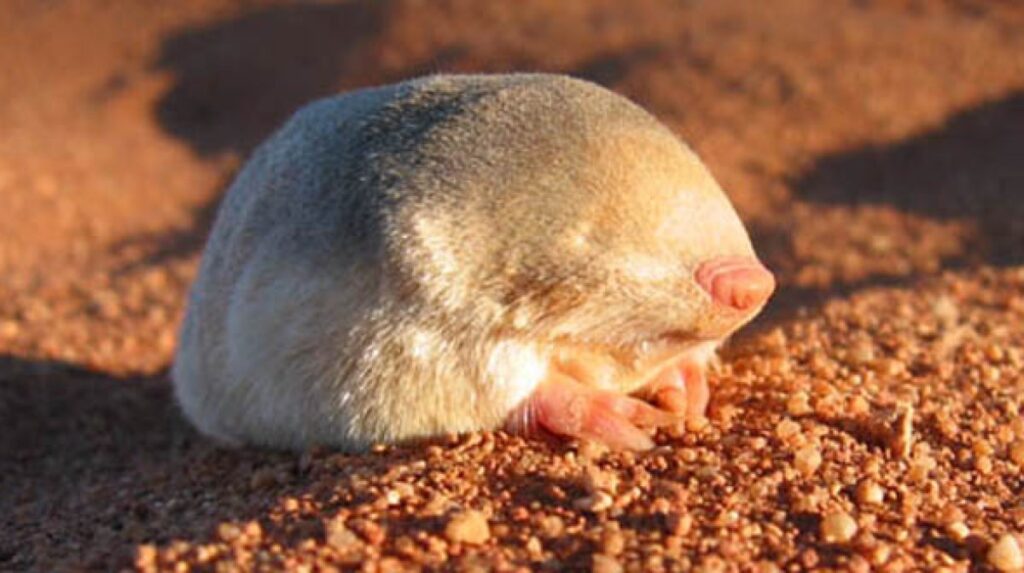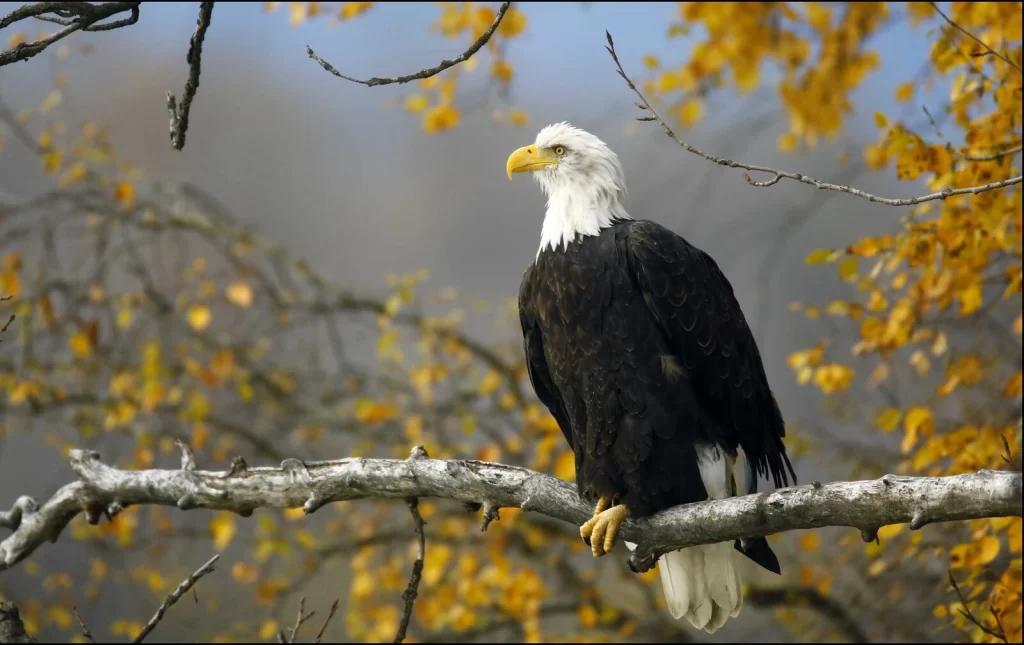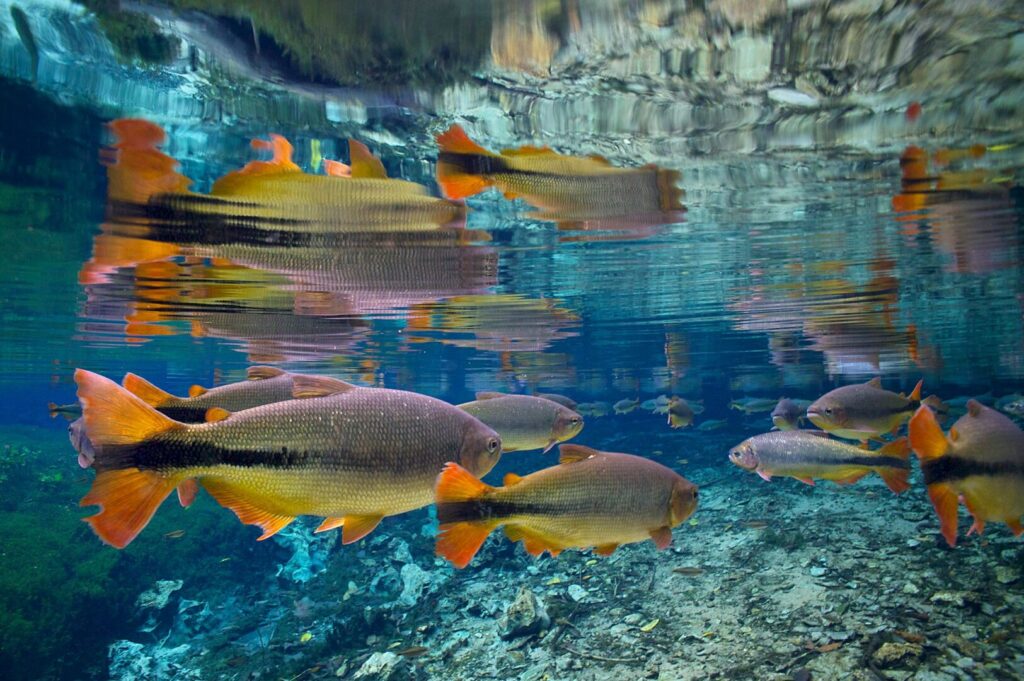According to the data provided by the latest update of the International Union for the Conservation of Nature (IUCN) Red Listmore than 44,000 species are threatened with extinctionrepresenting 28% of all the species evaluated, and with an increasing trend.
Despite that, there are encouraging points that give cause for optimism, such as the recovery of five species that were on the verge of disappearing from the planet or the range of solutions to reverse the loss of nature offered by the Report on the New Economics of Nature IIof the World Economic Forum.
The report highlights that the loss of biodiversity and the ecosystem collapse are among the top five risks the world will face in the next 10 years, while the most important risks for the world in the next 10 years are environmental risks will represent four of the top 10 long-term risks.
The update of the IUCN Red List stresses the urgency of establishing solutions to help reverse the loss of nature, because the number of endangered species is steadily increasing.

The good news is that there is time to stop this trend and in some parts of the world progress has already been made with the recovery of species that were on the verge of extinction, such as the five we present below:
Winton's golden mole
The Winston gold taupewhich had not been seen since 1937 and was feared to be extinct, was rediscovered near Port Nolloth at South Africa according to the British newspaper The Guardian.
Blind and relying on sensitive hearing, it triggers at ground vibrations. Rediscovered after an 86-year absence by conservationists with the help of a trained dog, the mole's rediscovery is a milestone in the search for lost species.

Oryx with scimitar horns
The Emirates Animal Welfare Society collaborated with global conservation organizations to reintroduce this species into the antelope which was extinct in the wild.
The initiative has led to the birth of more than 500 baby oryx out of captivity in Chadand the International Union for Conservation of Nature has removed the species from the Red List, recognizing the establishment of a self-sustaining population.

Golden lion tamarin
In the 1970s, the golden lion tamarin was faced with a imminent extinction and there were 200 individuals left in the wild.
Conservation efforts have helped the population recover to around 4,800. This included the reconstruction of forest areas, vaccination against yellow fever and the reintroduction of zoo-bred primates into the wild.

Bald Eagle
The national symbol of the United Statesthe number of bald eagles was reduced to about 417 nesting pairs in 1963, due to hunting, habitat loss and the impact of the insecticide DDT.
The decline prompted the Bald Eagle Protection Act in 1940 and, following the banning of DDT in 1972, recovery programs have restored populations.

Black-footed ferret
This species of carnivorous mammal, once thought to be extinct due to habitat loss, was rediscovered on a ranch in Wyoming in 1981.
A captive breeding program and habitat restoration helped to reestablish their numbers in the wild; however, the black-footed ferret continues on danger of extinctionwith ongoing threats such as habitat loss, plague and human intolerance.

Although there are scientific projects that propose to bring extinct species back to life, thanks to innovation and advances in genetics, there is a need for greater emphasis on biodiversity conservation and more coordinated global efforts to protect endangered species.
Source: World Economic Forum


